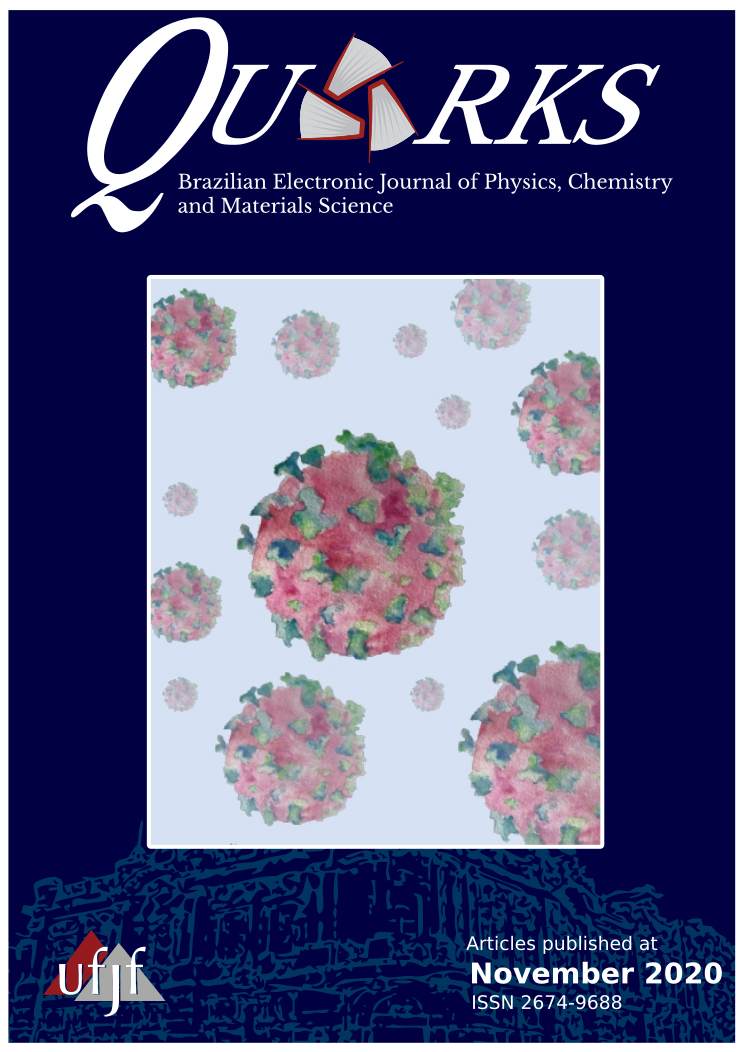A new matrix of MALDI-TOF MS derivative of 9-aminoacridine for lipid identification in positive ions mode
DOI:
https://doi.org/10.34019/2674-9688.2020.v3.30757Keywords:
Lipid; MALDI-TOF; Nectomys squamipes; 9-aminoacridine.Abstract
Matrix-assisted laser desorption/ionization (MALDI) has evolved to become a well- established technique during the last decades. Because of matrix peak interference in the low molecular-weight region, however, new matrices are often studied with the purpose of improving the spectral quality under m/z 500. Herein, we present the substance 2,4,5,7-tetranitro-9-aminoacridine (TNA) as a suitable alternative matrix for lipid detection in the positive-ion mode. TNA is obtained from 9-aminoacridine, a matrix commonly used to analyze lipids in negative-ion mode, with the addition of 4 nitro groups through a synthetic path. The procedure results in a highly conjugated system that presents a bigger electronic dispersion and therefore higher UV absorption. First, we demonstrated the high sensitivity of TNA for retinol. Second, TNA was applied to detect lipids in the liver of the water rat Nectomys squamipes. By using this natural model of hepatic steatosis (fat liver), a condition in which there is excessive accumulation of lipids, TNA provided a clearer identification of three species of polyunsaturated fatty acids (PUFAs) compared to other matrices. TNA presents better sensitivity and spectral resolution, little or no interference from matrix ions, high intensity of signal and low cost with high yield of matrix production.


